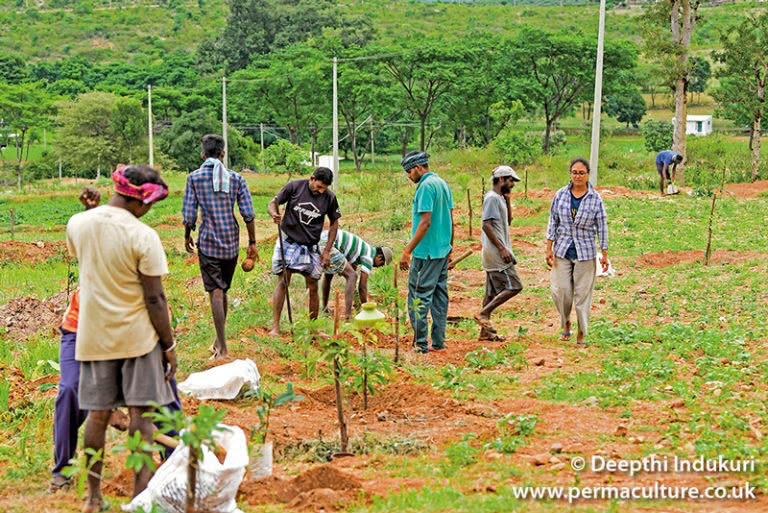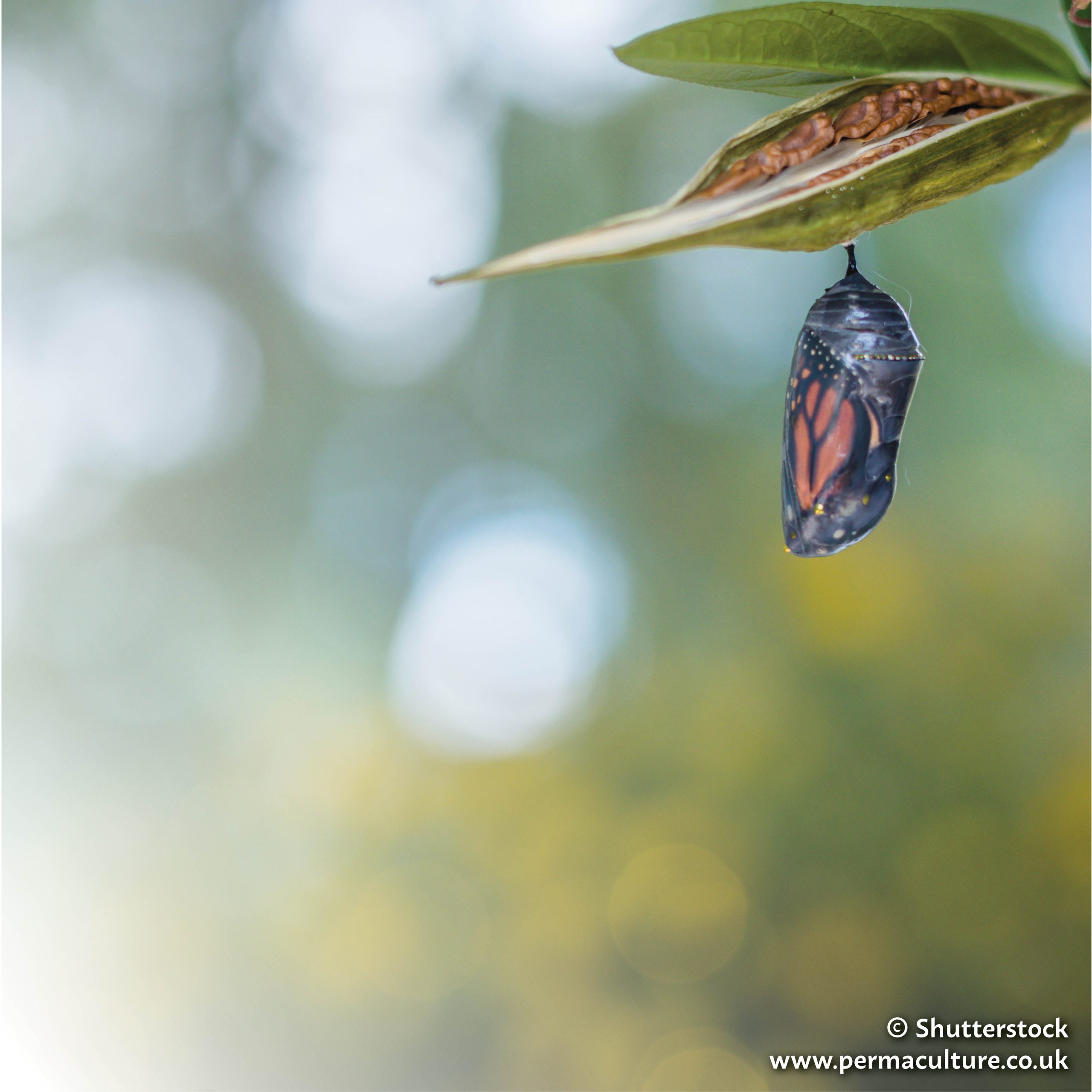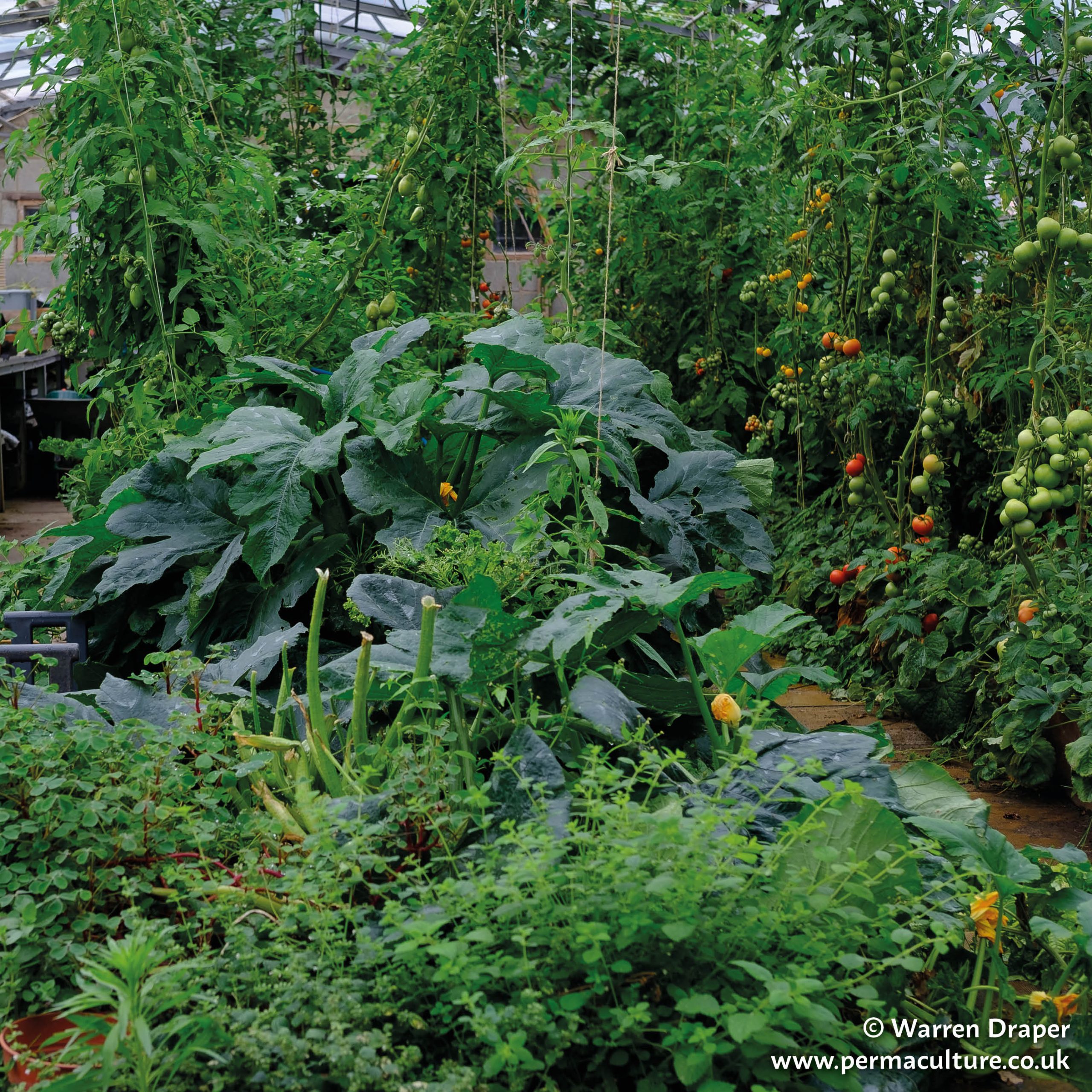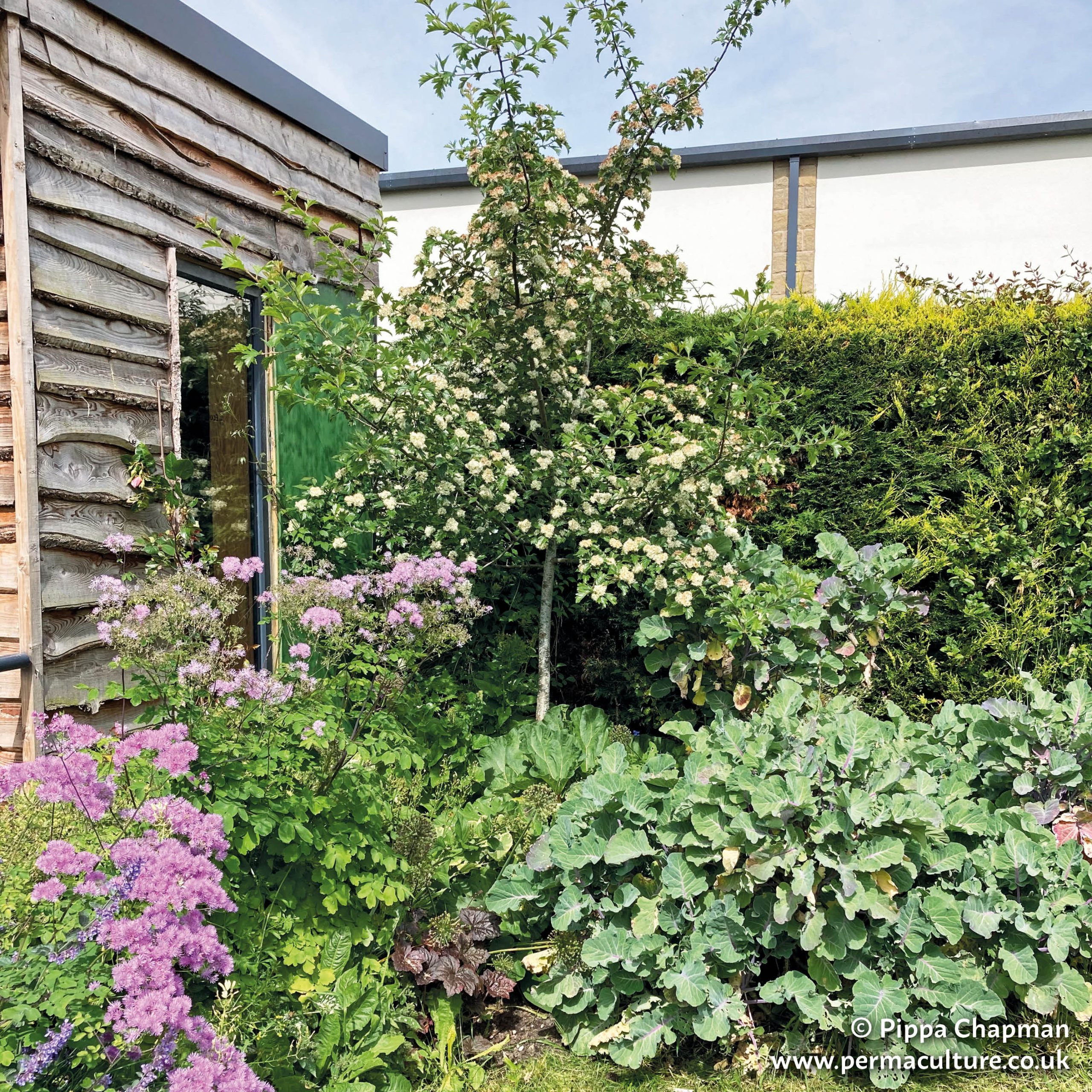Nitrogen is an essential nutrient for plant growth and development and although around 78% of the earth’s atmosphere is nitrogen, plants cannot utilise this. Plants instead depend upon combined or fixed forms of nitrogen, such as ammonia and nitrate. Currently the majority of this nitrogen is provided to cropping systems in the form of industrially produced nitrogen fertilizers. Use of these fertilizers has led to worldwide ecological problems, such as the formation of coastal dead zones, and requires a high energy input to produce. Biological nitrogen fixation, on the other hand, offers a natural means of providing nitrogen for plants.
Biological nitrogen fixation is an important component of organic gardening/farming, forest gardening and other agro-eco practices. Through a partnership with micro-organisms in their roots, some plants can turn atmospheric nitrogen into nitrogen fertilizers useful to themselves but also becoming available to their neighbors over time through root die back, leaf fall, and chop and drop pruning. These are known as the nitrogen fixing plants.
This is a mutually beneficial relationship with the plant providing carbohydrates obtained from photosynthesis to the microorganism and in exchange for these carbon sources, the microbes provide fixed nitrogen to the host plant.
While it does not replace the need to bring in other nutrients depleted by harvests such as phosphorus and calcium, nitrogen fixation provides a valuable biological source of an essential fertilizer.
There are two main groups of microbes that plants associate with in order to utilise the atmospheric nitrogen to fuel growth. They are Frankia and Rhizobium.
Many plants partner with micro-organisms called Frankia, a group of Actinobacteria. These plants are known as the actinorhizal nitrogen fixers.
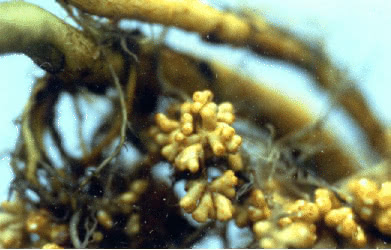
Actinorhizal plants are found in many ecosystems including alpine, xeric, chapparal, forest, glacial till, riparian, coastal dune, and arctic tundra environments and can be found in the following plant families:
Betulaceae, the birch family
Myricaceae, the bayberry family
Casuarinaceae, the Austraian ‘pines’
Elaeagnaceae, the oleasters
Rosaceae, the rose family
Rhamnaceae, the buckthorn family.
These plants tend to thrive in nitrogen-poor environments and are often the pioneer species in plant communities playing an important role in plant succession.
By far the most important nitrogen-fixing symbiotic associations are the relationships between legumes (plants in the family Fabaceae) and Rhizobium and Bradyrhizobium bacteria. These plants are commonly used in agricultural systems such as alfalfa, beans, clover, cowpeas, lupines, peanut, soybean, and vetches.
The Rhizobium or Bradyrhizobium bacteria colonize the host plant’s root system and cause the roots to form nodules to house the bacteria. The bacteria then begin to fix the nitrogen required by the plant. Access to the fixed nitrogen allows the plant to produce leaves fortified with nitrogen that can be recycled throughout the plant. This allows the plant to increase photosynthetic capacity, which in turn yields nitrogen-rich seed.
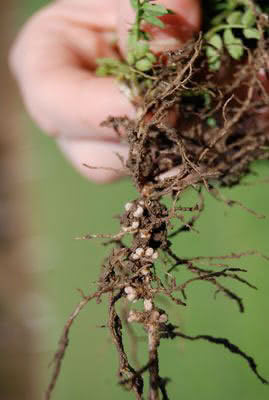
We are growing a range of nitrogen fixing plants at our bio-nursery. Visit www.balkep.org/plant-profiles.html for more information. If you would like to purchase some plants for your garden please send us an email to [email protected]. We deliver to anywhere in Europe.
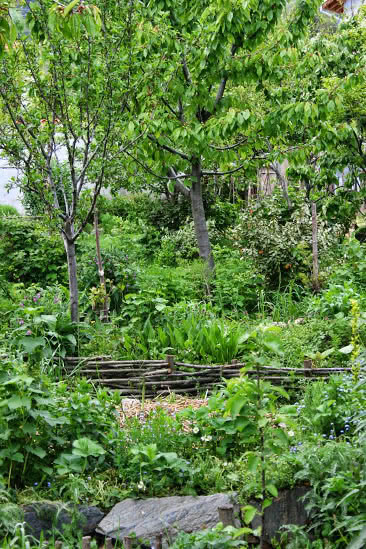
This post orginally appeared at http://balkanecologyproject.blogspot.co.uk/2014/05/nitrogen-fixing-plants.html
Paul runs the Balkan Ecology Project in Bulgaria with his wife Sophie Roberts and their two boys Dylan and Archie.
